Everything we do is about right now. YOLO, as pop-culture and easily dismissed as it is, has become a way of life for you, me, and so many others. With the click of one or two buttons, you can have almost anything you want at your door: groceries, entertainment, repair people, and any assorted item you find on Amazon.
These things have dramatically changed the way humans live, shaping a future where you can stop focusing on task-oriented things and begin expending energy on creation. As an innovator, I can’t deny the appeal of the instant gratification lifestyle. Changing states rapidly presents a limitless future of possibility.
So how, in a world where reusable rockets are possible, have we not solved the most basic of problems?
Increasing poverty, hunger, joblessness, human trafficking, cartel-run cities…hell, even everyday vehicular traffic feels like an unsolvable puzzle.
It’s not for lack of genius or out-of-the-box problem-solving—out of habit, Silicon Valley proves time and time again humanity is capable of dreaming big, aiming for the stars, and making it happen. Self-driving cars and artificial intelligence are no longer fanciful things we can “only dream of.”
But, somehow, there are still millions of people living like this.
These issues are complex, nuanced, and require a lot of context to consider fully.
As it is with all human problems, this cannot be solved with a silver-bullet-solution. However, as it is with most human problems, a paradigm shift from those in power, those with privilege, those with means, could make a huge difference.
In respect to the rise of urban poverty and urban slums around the globe (and no country is safe from these things), redefining the way we develop infrastructure could be the difference between prosperity and despair.
To be blunt, I’m referring to the principle of sustainable development. To understand what that means, let’s discuss what it’s not:
- Building something that “shuts people up” for the lowest bid or maximum profit
- Creating solutions that appear to fix things the fastest
- Politically biased or partisan solutions that keep special interest groups from whining
- Development that serves the haves and continues to disservice the have-nots
Sustainable development isn’t an instant gratification concept. It laughs in the face of two-day shipping and balks at “out-of-the-box” patches that promise to disintegrate under real scrutiny. Sustainable development isn’t for the faint of heart—it’s for those of use who understand and know that the most important decisions we make are the ones with the long-term payoff.
It’s investing in your retirement even though you could really use the cash now. It’s working out consistently, not because you see the changes in the mirror when your done but because in a year, you’ll be better for it. It’s doing the right thing today so you can sleep well tonight and be rested to conquer the day tomorrow, even though the “right” thing is harder and less glamorous.
Though sustainability as a concept has gained some traction in a lot of ways, it hasn’t gotten the spotlight other types of solutions have.
In other words, it ain’t sexy, so no one cares.
If you’re reading this or anything else I write, I know you’re not interested in those types of things. You’re an invested entrepreneur, free-thinking, creative problem-solver who wants to enact real, long-lasting change.
Well, my friend, the answer lies in sustainable innovation.
The kind of ideas and solutions that don’t only consider immediate consequences, but the ones far in our future. Five, ten, twenty, fifty years from now, the types of solutions you and I create will still be around, while those of us who decided to just throw up a wall will be looked upon as posers who failed to see the bigger picture.
Sustainable development, by its very nature, requires an answer to the actual problem rather than a treatment of symptoms. For innovation to last, it must have long-term viability to immediate and future problems.
Why am I discussing this?
Because we’re facing a rise in population unseen in human history. This increase in human bodies will continue to highlight the basic elements of life we have yet to fix. As nuanced as poverty and hunger may be, one thing can be said with a decent amount of certainty: no large-scale solution enacted has been sustainable. We patch things with laws and false promises.
If my platform is about anything, it’s this: innovators must be responsible with their solutions. Yes, please, earn profit from the wonderful thing you create. Just make sure it’s worth every dollar that rolls through your hands—otherwise, you’re part of the problem.
I recognize this, unlike my other posts, has been a sales pitch of sorts. A diatribe in many ways. But, the point is clear. If we, as entrepreneurs and problem-solvers, actually want to solve anything, we have to think sustainably. We have to look at community-based research and create a plan based on the actual effect it will have on the people and systems involved.
Though we want to solve the problem right now, like an IRA, our solutions are best when considered over time.
In my next post, I’ll break down some of the major components of sustainable development and provide you with step-by-step actions. Consider this your call-to-action. This is me asking you to be accountable. Yes, make your money, and solve the problem for real. You can have both, so make the sustainable choice.
To learn more about some of the sustainable development I’m working on, check out my post on The Ultimate Solution to Better Public Health.




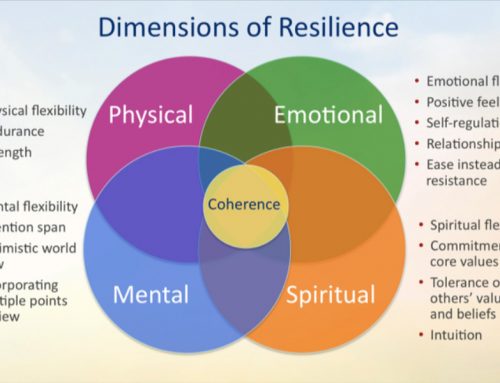

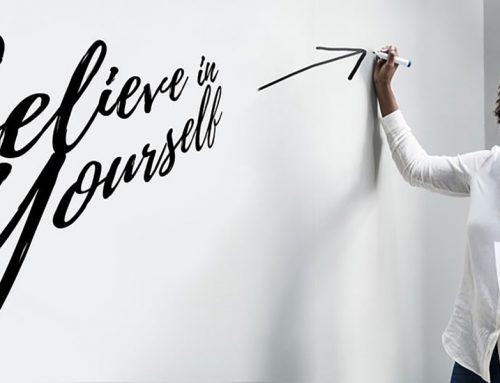
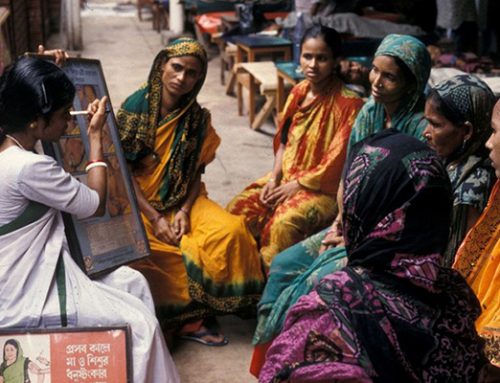
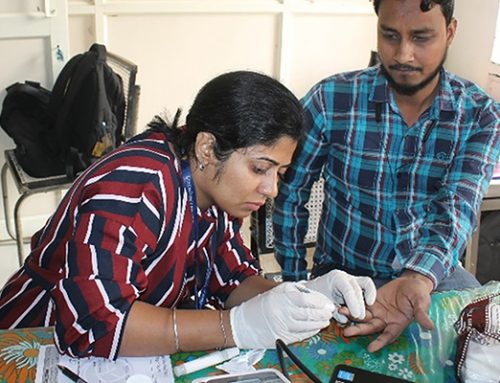

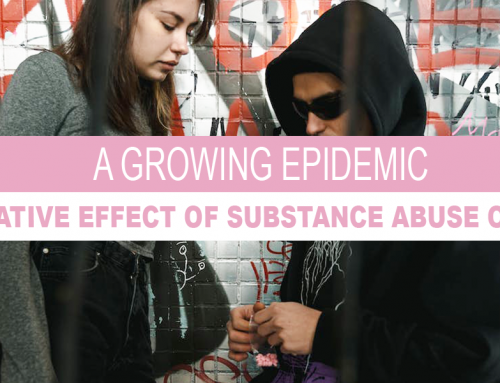

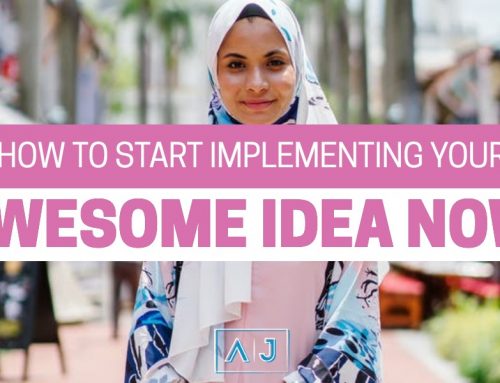
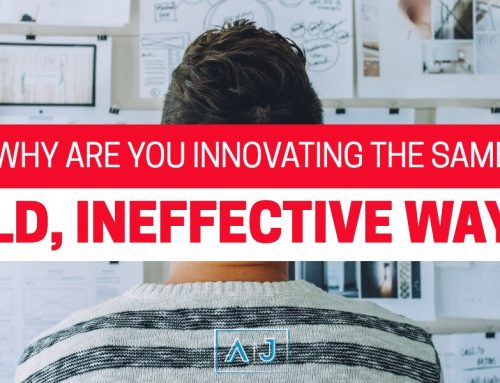
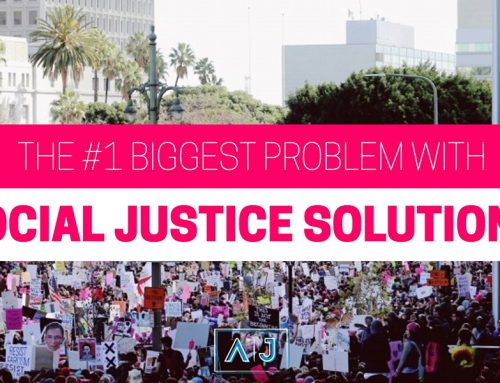
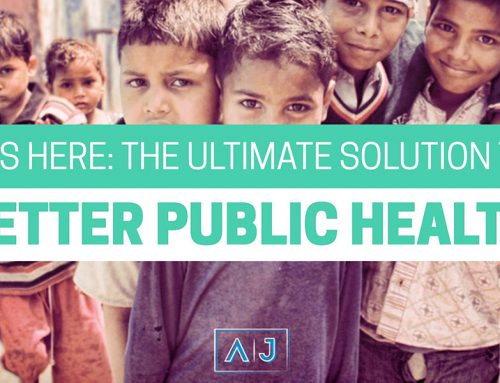

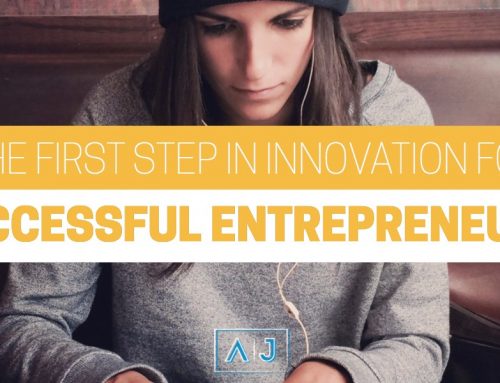
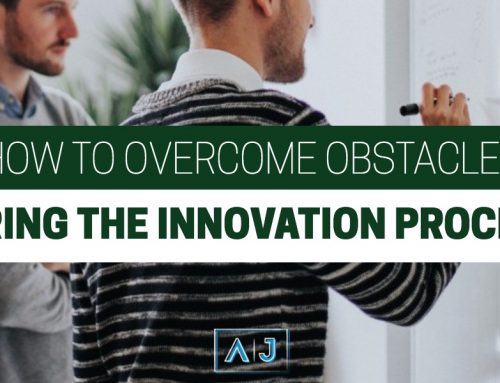

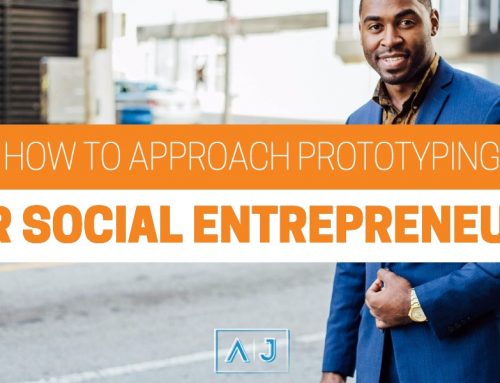
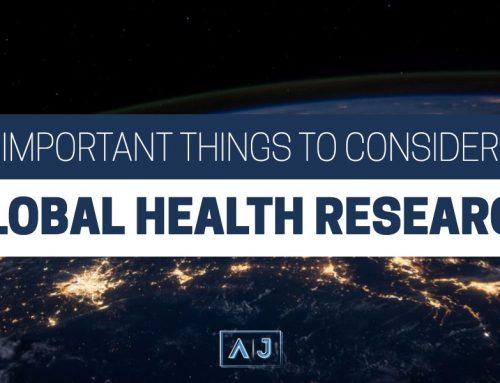
Good going, Dr. Joshi. We need knowledge at the local level and local consensus-building instead of an agenda imposed by outside interests from the top down.